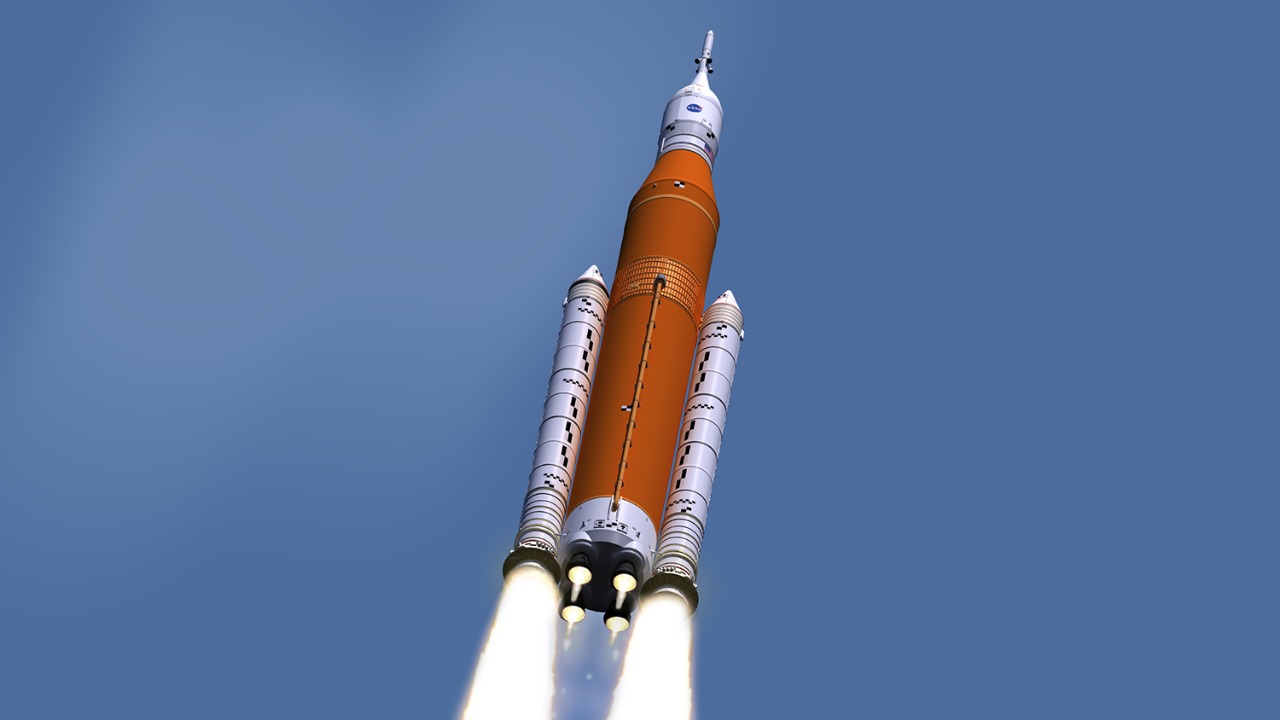
NASA’s Artemis program is making strides toward its ambitious lunar exploration goals, with significant progress on Artemis 3, even as Artemis 2 faces delays. This situation highlights the complexities of advancing human space exploration, where technical challenges and strategic planning intersect. While Artemis 3’s development is well underway, Artemis 2’s setbacks underscore the intricate dance of logistics, technology, and politics that defines NASA’s current lunar ambitions.
Artemis 3 Development Amid Artemis 2 Delays
NASA is actively building components for Artemis 3, including elements of the Orion spacecraft, to ensure the program’s momentum remains steady. This proactive approach is crucial, given the unresolved issues plaguing Artemis 2. By focusing on Artemis 3, NASA aims to mitigate risks and capitalize on supply chain efficiencies, ensuring that the program stays on track despite the hurdles faced by its predecessor. This strategy not only maintains the timeline for lunar landing goals but also aligns with the broader objectives of the Artemis program, which seeks to establish a sustainable human presence on the Moon.
The decision to prioritize Artemis 3 preparations reflects a strategic calculus that balances immediate challenges with long-term aspirations. By advancing the development of Artemis 3, NASA is positioning itself to quickly pivot to the next phase of lunar exploration once Artemis 2’s issues are resolved. This parallel development approach is a testament to NASA’s commitment to maintaining the overall timeline of the Artemis program, ensuring that the dream of returning humans to the Moon remains within reach.
Technical and Logistical Holdups for Artemis 2
Artemis 2, the foundational crewed mission of the Artemis program, is experiencing significant delays due to issues with the Orion spacecraft’s integration and environmental testing. These challenges have pushed back the planned 2025 crewed flight, originally intended to orbit the Moon. The delays are primarily driven by the need to ensure astronaut safety, as Artemis 2 represents the first human flight beyond low Earth orbit since the Apollo era. This cautious approach underscores the importance of thorough testing and validation in the face of unprecedented technical demands.
In addition to spacecraft integration issues, the readiness of the Space Launch System (SLS) also contributes to the delays. The SLS, a critical component of the Artemis program, must be fully operational to support the launch of Artemis 2. These interconnected challenges highlight the complexity of orchestrating a successful mission, where each component must function flawlessly to achieve the program’s ambitious goals. Despite these setbacks, NASA remains committed to overcoming these obstacles, ensuring that subsequent missions like Artemis 3 can proceed without disruption.
Political Support and Funding for Lunar Return
Political backing plays a crucial role in sustaining NASA’s lunar ambitions. President Trump’s “One Big Beautiful Bill” provides legislative support for NASA’s return to the Moon, including budget allocations that are vital for the Artemis program’s progress. This bill streamlines approvals and fosters partnerships, countering delays in earlier missions like Artemis 2. By securing necessary funding and political will, the bill lays the groundwork for NASA to achieve its lunar exploration milestones.
The political framework established by this bill is integral to the broader goals of the Artemis program. It facilitates human exploration milestones by ensuring that NASA has the resources and support needed to overcome technical setbacks. This alignment of political and scientific objectives is essential for maintaining the momentum of the Artemis program, ensuring that the vision of returning humans to the Moon becomes a reality.
Long-Term Vision: Challenges Beyond the Moon
While the Artemis program focuses on lunar exploration, the ultimate goal is to pave the way for human missions to Mars. However, significant obstacles remain, including advancements in propulsion and life support systems necessary for deep-space missions. The delays experienced by Artemis 2 offer valuable lessons for future Mars missions, emphasizing the importance of iterative testing and validation to ensure mission success.
NASA’s success with Artemis II will provide foundational experience for future Mars missions, highlighting the need for sustained investment in space exploration technologies. The challenges faced by the Artemis program underscore the complexities of human space exploration, where each mission builds upon the lessons learned from its predecessors. By addressing these challenges head-on, NASA is laying the groundwork for humanity’s next giant leap beyond the Moon.
Public Engagement and Cultural Impact of Artemis
Public interest in NASA’s missions is bolstered by cultural products like the Lego NASA Space Shuttle Discovery Set, available for purchase as of October 7, 2025. Such merchandise fosters engagement with NASA’s historical and current missions, inspiring younger audiences to explore themes of human exploration. The Artemis II mission, in particular, serves as a bridge between past achievements like the Space Shuttle and future lunar goals, capturing the imagination of a new generation.
These cultural products play a vital role in amplifying awareness of NASA’s return to the Moon, even amid program delays like those for Artemis 2. By connecting the public with the excitement of space exploration, NASA ensures that its missions resonate beyond the scientific community, inspiring a broader audience to dream of the possibilities that lie beyond our planet.
More from MorningOverview